These 8 whole grains are both gluten-free and delicious
Despite the positive effects of giving up gluten – such as erasing feeling sluggish, bloated and crummy – there is still a problem, as giving up grain can have a negative impact on your health, according to Tree Hugger.
“Any time you eliminate whole categories of food you’ve been used to eating, you run the risk of nutritional deficiencies,” Peter H.R. Green, M.D., director of the Celiac Disease Center at Columbia University explained. “Unless people are very careful, a gluten-free diet can lack vitamins, minerals, and fibre,” he added.
Whatever your reasons for giving up gluten are, you should keep in mind that your diet needs to include whole grains. The following whole grains offer a lot of health benefits, while also being gluten-free.
1. Amaranth
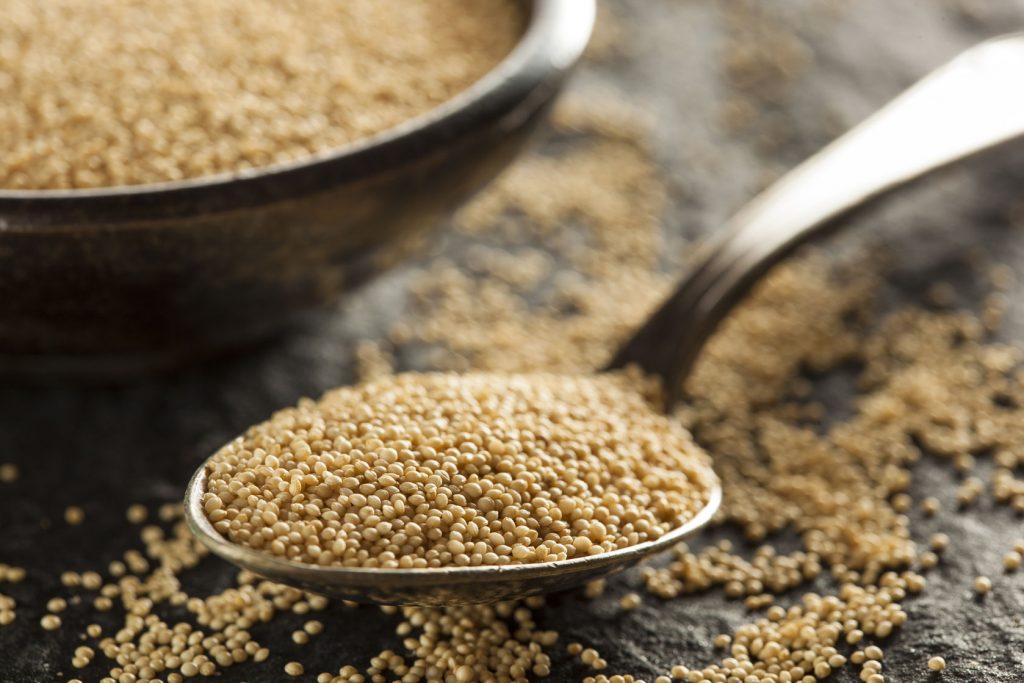
This whole grain boasts levels of calcium, iron, magnesium, phosphorus, and potassium. It is unique for grains, as it contains Vitamin C and has a protein content of 13 – 14%, which is higher than most other grains.
You can use it in salads, cereal, soups or pop it like popcorn.
2. Buckwheat

It has higher levels of zinc, copper and manganese than most grains. You can use it in crepes, pancakes, blinis, kasha and granola.
3. Corn
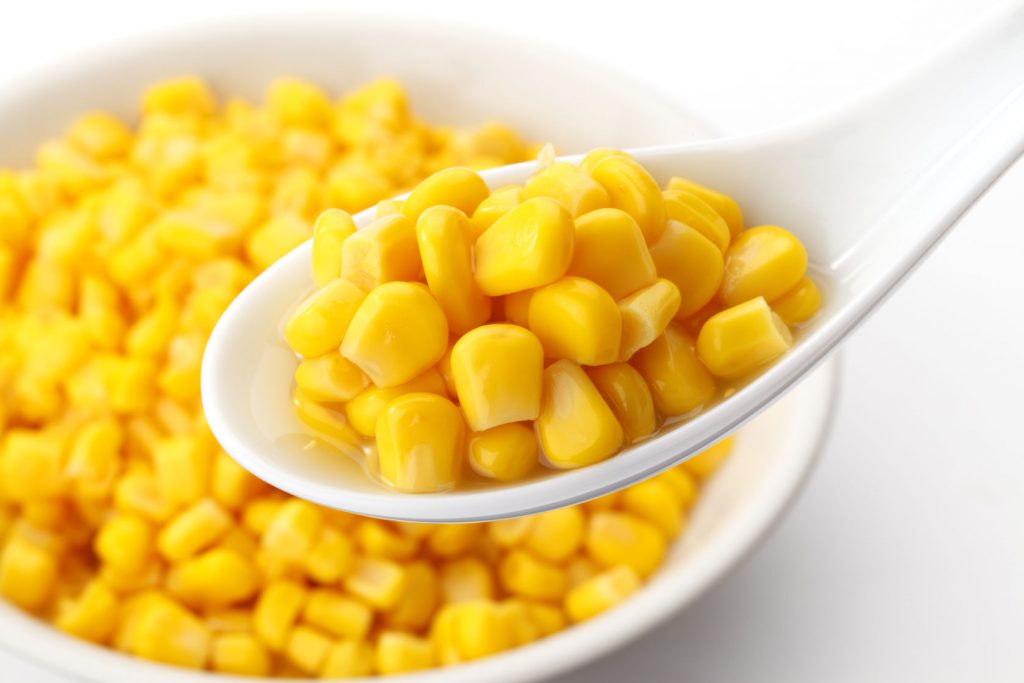
Corn has 10 times more vitamin A than other grains. It is also exuberantly high in antioxidants and carotenoids – especially those associated with eye health. You can use it in popcorn, polenta, tortillas and corn muffins.
4. Millet
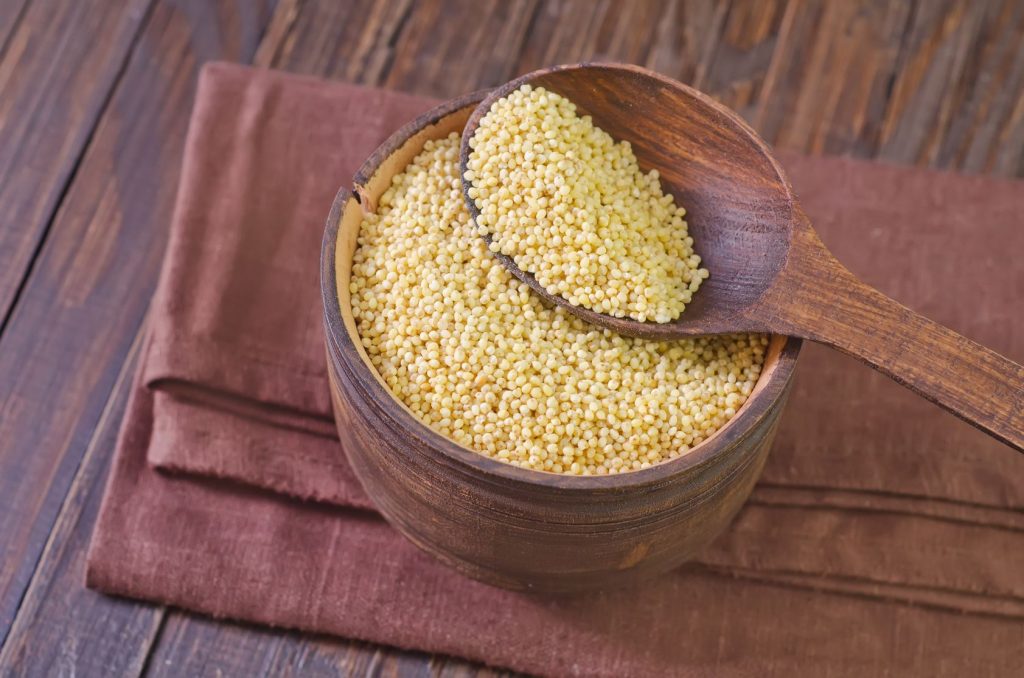
This is a staple grain in India. It is popular in China, South America, Russia and the Himalayas. It is great for controlling diabetes and inflammation.
You can use it in Indian roti or porridge.
5. Oats
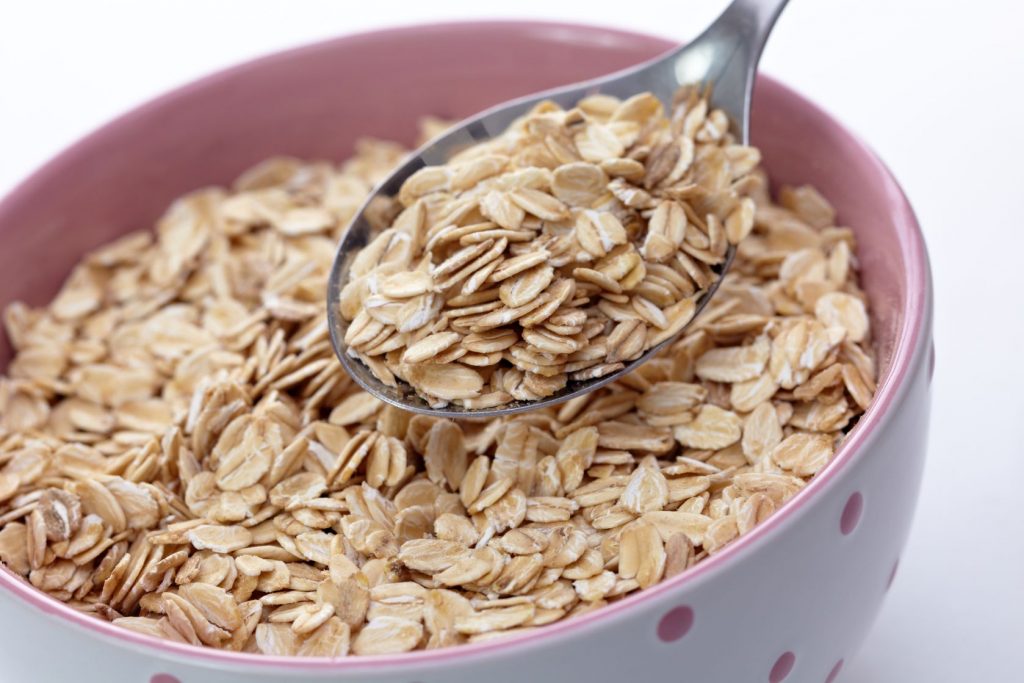
Oats provide a unique fibre named beta-glucan, which can lower cholesterol levels. Look specifically for oats labelled gluten-free, as they can be contaminated by gluten-containing grains between the field and the package.
You can use oats in oatmeal, cookies and veggie burgers.
6. Quinoa
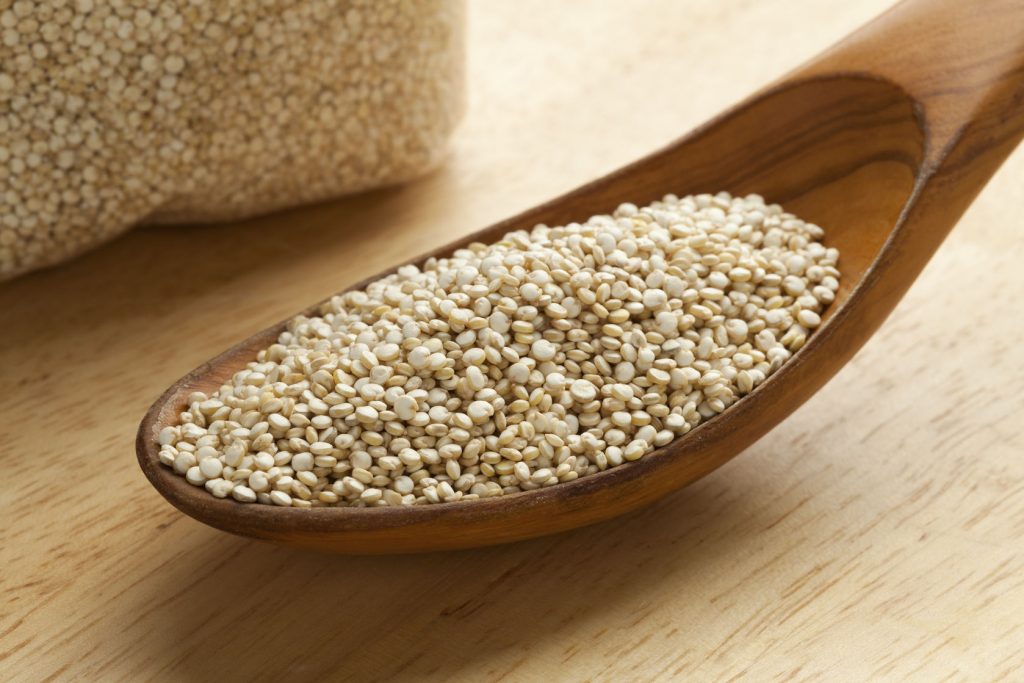
This is one of the only plant foods that offers a complete protein. Its protein to carbohydrate ratio is high, with the germ making up around 60% of the grain. It’s great for controlling blood pressure, due to its high potassium levels.
You can use it in pilafs, soups, porridge, risotto, puddings, salads and side dishes.
7. Sorghum

This is a food staple around the world that is filled with B vitamins. It also boasts high levels of magnesium, iron, copper, calcium, phosphorus and potassium. Furthermore, it is a great source for fibres and proteins.
You can use it in soups, salads, side dishes, pilafs or pop it like popcorn.
8. Teff
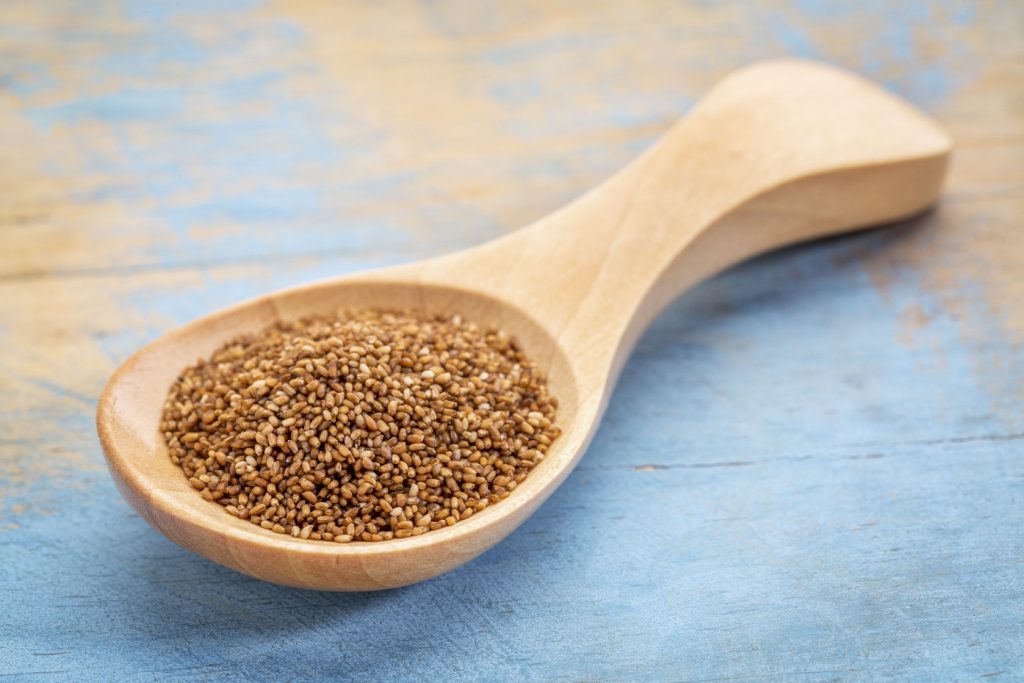
This has more calcium and vitamin C than almost any other grain. Its protein and iron levels are substantially high. You can use it in porridge, baked goods and „teff polenta”.